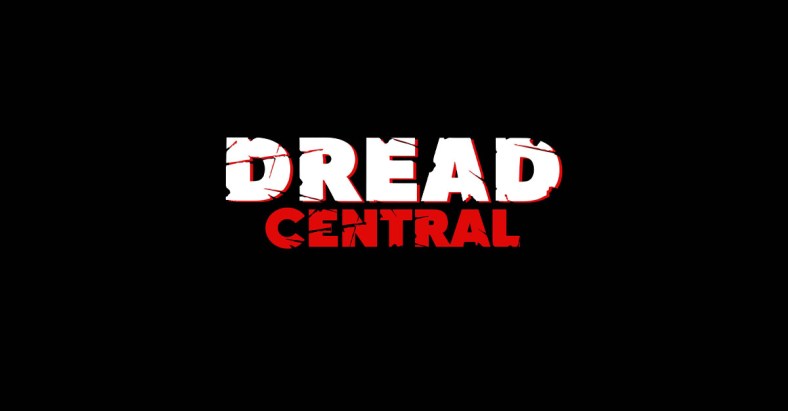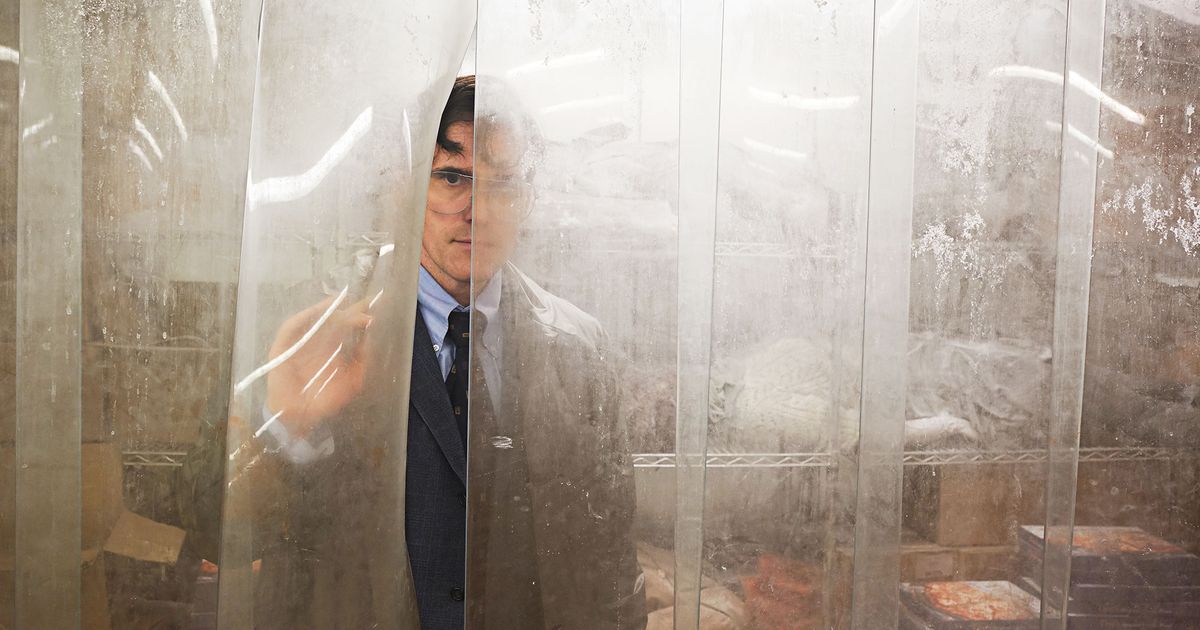Lars von Trier’s films are always a bit of a gamble. Sometimes he’s much more interested in telling a cohesive story with an actual plot like he was with Melancholia, Dogville and the Nymphomaniac series (I didn’t say they all had good plots). Other times, like in Antichrist, he’s only interested in statement and metaphor.

And while The House That Jack Built proves he’s lost none of his propensity to shock and horror to make his point, this time he goes full surrealist, the film ending with a serial killer and an Iago-style figment of his imagination on a pleasant ramble through hell, all of it done with such visual invention and extreme filmmaking technique it’ll make you scratch your head even while you gaze appreciatively.
Of course, if you’re familiar enough with classic literature you’ll recognise it’s all a parable for Dante’s Inferno. One shot in particular – an extreme slo-mo of a red-robed man and the figure you’ve assumed is the River Styx ferryman coming toward the camera while anguished souls writhe in the water below them – is a sumptuous art installation all in itself.
I suspect the sequence was inspired by a classic painting. You could pause the movie at that point (and several more), create a high resolution print of the frame and imagine it hanging in one of the great museums of the world.
The serial killer is Jack (Matt Dillon, who’s aged to the point where you’ll mistake him for Gabriel Byrne when you first glance at the poster art), and the voice in his head is actually Verge (Bruno Ganz), a variation on the Roman poet Virgil who leads Dante through the circles of hell.

Verge is like Jack’s erstwhile conscience, quizzing him on the morality of his life after he’s grown up to be a compulsive murderer. Separated into chapters, Jack recounts crimes to Verge (and shows them to us in gleefully squeamish detail) from throughout his career and tries to explain to the disembodied voice why he is what he is and does what he does.
A director for whom the term L’Enfant terrible was invented, von Trier delights in showing us any number of grisly and genuinely upsetting killings. In one, Jack has been seeing a young woman and decides one night she’ll be his latest victim, tying her to a chair and starting to slice her breast off with a bowie knife.
In another, he’s in a relationship with another woman who has two young kids. Jack seems to be a stern but attentive partner and father figure, taking them all hunting and explaining with great care about the weapon and how to respect it… before he’s suddenly in the tower shooting at them as they hide in terror down the range (and yes, we see each death with shocking clarity).
By comparison, other killings where he hits an abrasive woman who’s broken down on the side of the road in the head with a tyre iron or cons his way into the house of an elderly widow and strangles her are tame by comparison.

But Jack drags all the bodies back to an industrial freezer he has in a factory district so as to create his real masterpiece. A trained architect, we see a house project he tries to build in a beautiful wilderness several times throughout the film, tearing it down and starting again because he realises every time he gets partway through he’s not using the right materials to capture the aesthetic he wants.
The answer he’s been seeking all his life ends up being found in a locked back room that leads off his freezer full of corpses, one he’s never been able to access. Jack’s halfway through his latest killing, where he’s got about five men tied prone to a horizontal post and intends to shoot a single bullet through all their heads from a high powered rifle.
But he can’t get far enough away to line the heads of his terrified victims up in the gun’s scope so has no choice but to break in to the mysterious room to get further back.
When he does he finds a huge inner chamber, none other than Verge himself sitting in the corner. Verge chides Jack about the house he’s never built so he takes the frozen corpses loaded on the shelves and arranges them into a makeshift house inside, his life’s work finally complete.

But the cops are on to Jack because he’s left too much of a trail at the site of his latest killing, so when they descend on the freezer and start cutting their way through the door, Verge tells Jack to follow him into a hole in the floor.
Even if you’re not familiar with Inferno, it’s obvious Verge is a spirit of some sort and that Jack has descended physically into whatever afterlife evil souls go to.
And there it leaves plot behind and leans fully into imagery and allegory. In hindsight it’s actually quite clever the way von Trier’s direction of the real world is more workaday, becoming much more stylised and avant garde down in hell. But while the imagery is arresting at times, it doesn’t help the slight boredom you feel in the last act while waiting for the movie to get on with an actual story.
It’s a sumptuous, insane fever dream that feels like a modern art ensemble put on by an avant garde theatre troupe, hardly even connected to what you’ve watched so far, and when it ends you’re suddenly thrust into the bombastic strains of Buster Poindexter’s Hit the Road Jack over the end credits.

But whatever criticisms you can level at von Trier, you can’t accuse him of not having a creative vision. You can fully understand people walking out, calling it (and him) ‘sick’, etc. But he’s a close cousin to Tom Six, wanting only to lob bombs into the firmament of cinema, horrifying and offending his audience if he has to. He’s a constant antidote to Hollywood’s corporate gloss and I’ll always be a fan of his.
Although when I got to the duckling scene I wondered if I had to turn away from him for good. He seems like the kind of director who’d go there for his art, but I immediately paused the movie and researched the scene. Apparently PETA condoned it, saying it was done with moviemaking technique and not animal cruelty.
Subscribe to FIB’s Weekly Alchemy Report for your weekly dose of music, fashion and pop culture news!







